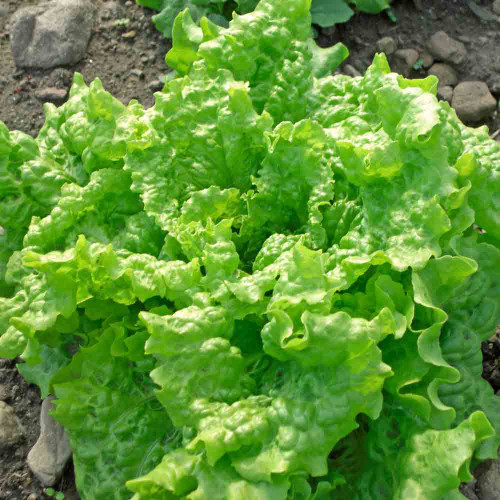Description
Cereal Rye
An annual grain used for erosion prevention, soil structure and drainage improvement, adding organic matter to soil, weed suppression and excess nutrient scavenger.
Rye is one of the hardiest cereals, able to be planted later in fall and still produce considerable growth, quickly developing an extensive root system that holds soil in place while contributing organic matter and carbon content as it decomposes over the winter. It tolerates a wide range of soil and pH conditions.
Cereal rye brings a number of benefits to the garden, starting with its ability to absorb and hold onto unused soil nutrients - especially nitrogen and potassium – keeping them from leaching out of the soil over winter. It grows tall, making it a good windbreak between rows or to catch and hold snow or rains. Rye is an excellent source of mulch above ground and organic matter below.
Rye is one of the best cool season cover crops for weed suppression, as it outcompetes light-sensitive annuals such as lambquarters, redroot pigweed, velvetleaf, chickweed and foxtail. Its residue has an allelopathic action which inhibits many weed seeds from germination, especially dandelions and Canada thistle.
It attracts beneficial insects such as ladybugs while reducing many pest insect populations.
Growing Instructions
Lightly broadcast seeds and work into the top half inch of moist soil, or cover with 1/2 inch of mulch or compost. Water to equivalent of 1 inch of rainfall per week until seedlings become established.
Planting Rate
- 1 lb will seed approximately 400 sq. feet
Learn More
- Cover Crops - Better Soil in a Month
- Planting Cover Crops for a Better Garden
- Cover Crops Beat Garden Weeds
- Cover Crops FAQ
- Which Cover Crop is Best for Me?
From the soil to the seed to the food you eat - we'll help you grow your best garden!









